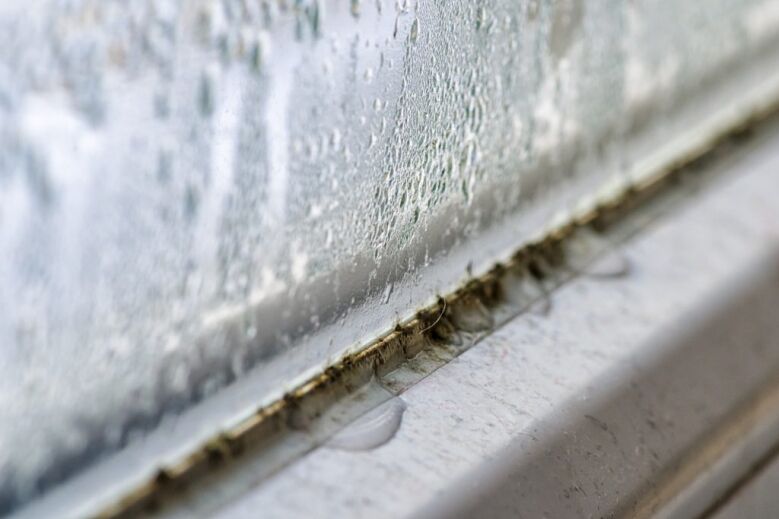Flooding is a risk when storms dump inches of rain quickly. If you have had water in your home for at least two days, there is a high possibility that mould colonies are growing. You may not realise that while mould may not be evident immediately, its spores are multiplying.
Did you know that the annual expense of illness caused by dampness and mould in the house exceeds $20 billion? These high expenditures are partly due to the gravity of illnesses caused by mould. Understanding how to test for mould in your home is necessary.
Mould Hazards in the Home
Mould can cause at least five different types of disorders. Mould can aggravate allergy symptoms in people who are allergic to it. Congestion, as well as red and irritated eyes and skin, might be symptoms.
Even if you aren’t allergic to mould, it can cause perfectly healthy people to cough. A slight cough may not be dangerous in and of itself, but if you are constantly exposed to mould, your cough may linger for months or years.
Mould in the home might even infect the lungs in some situations. It is especially true for children.
If you have asthma, your health will worsen even if the mould is removed from your environment. That’s why it’s critical to get rid of mould immediately!
What are the health consequences of mould?
Mould can cause a variety of health problems. It has been linked to allergies and can make breathing difficult for people with asthma. Learn more about the health concerns of mould.
Mould spreads spores that can cause illness, including asthma attacks and other respiratory problems. Black mould has the potential to be highly toxic. A dime-sized patch of mould contains roughly 500,000 spores. A mould problem in one room can swiftly spread to the rest of the building, as spores can easily flow through prevailing air currents and HVAC systems and cross-contaminate the premises. Our certified mould inspectors can assist you in determining what is causing mould growth in your home or company through skilled mould testing.
Sneezing, runny or stuffy nose, itchy or watery eyes, nose and throat, cough and postnasal drip, wheezing, rashes, and other symptoms might be caused by mould disease. If you’ve been exposed to mould in your home or office, contact us immediately to schedule a consultation.
How to Perform a Mould Test
The first thing to consider when looking for mould is where it will likely grow. Mould thrives in moist, dark environments such as the basement. In addition, it occurs in damp bathrooms after a shower or under a sink.
If you suspect mould but are having difficulty locating it, the source might be a leaking pipe. Pipes run throughout your home, so mould could grow in places you wouldn’t expect if one bursts. When you find possible mould, you may have difficulty distinguishing it from dirt. Mould can be found in a variety of places.
If you require assistance, Reztor Restoration can analyse the mould condition in your property. You can use a simple approach if you wish to learn how to check for mould in walls and other areas.
Unlike dirt, mould is a living entity. It means that mould reacts to bleach in a different way than dirt does. Place your suspected mould in bleach and observe the results.
If the dark areas remain the same, they are most likely dirt. If, on the other hand, they seem to dissolve or develop a lighter hue, you’re most likely dealing with mould.
Keeping Mould at Bay
The key to preventing future mould growth is changing your home’s environment. Therefore, they must be dried to repair bathroom leaky pipes and showers.
Moisture may enter your walls through gaps in some circumstances, particularly in the basement. In that situation, instead of repairing a leaking pipe, you may need to waterproof your basement. Basement waterproofing will keep moisture out.
The advantages of basement waterproofing extend beyond protecting you from mould on your flooring, walls, and ceilings. It can also keep you safe from flooding and costly insurance claims.
How to Remove Mould
A brush and a gallon of bleach water may not be sufficient if you have extensive water damage. Severe water damage can cause mould to grow from the ceiling to your basement floor. It can also spread to problematic areas, making eradication difficult.
If your mould problem is more significant, you may require the assistance of a Reztor professional. Professionals know exactly where to look for mould growth following water damage. They can also employ cleaning techniques to kill mould inside walls and prevent it from returning.
Reztor Restoration can assist you if the damage to your home is substantial. Contact them at 1800 739 867 if you need restoration services.
